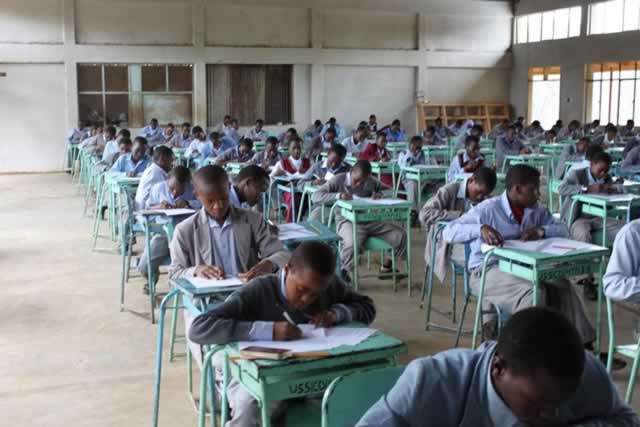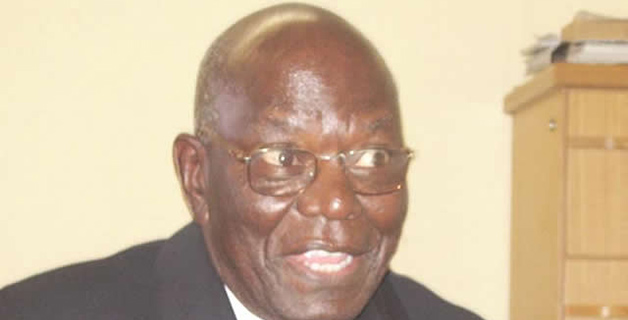Editorial Comment: Ban on Form One entrance tests needs consultation

 THE problem of Form One entrance tests has been bubbling for years: many non-Government schools set such tests in the second term to finalise their lists in time for parents to accept or reject places, usually by paying a deposit, or to find an alternative school if they do not make their first choice.
THE problem of Form One entrance tests has been bubbling for years: many non-Government schools set such tests in the second term to finalise their lists in time for parents to accept or reject places, usually by paying a deposit, or to find an alternative school if they do not make their first choice.
Unfortunately, we have seen over the years a dramatic rise in the number of pupils sitting such tests, so that at some schools we might find 2 000 youngsters sitting a test for 100 places. Parents are charged a processing fee, most of which the schools say is used to pay the teachers who mark the test papers, but which many parents see as an attempt by schools to raise funds.
The Ministry of Primary and Secondary Education now wants the Grade 7 examination used instead, as its own Government schools do when looking at the educational attainments of prospective pupils. Grade 7 exams are set near the end of the year and the results are only available at the beginning of the following year, the year that pupils do enter Form One, and the schools only see the grades achieved, rather than the actual exam scripts.
The tests were originally introduced as an attempt to create fairness, and at least at many schools the large numbers writing the tests is a result of the school not attempting to winnow out anyone in advance, a policy that would be strongly criticised as favouritism. The tests are not identical to the Grade 7 exams.
They often look at other factors and the schools, seeing the actual scripts, can make a more detailed assessment of their shortlisted prospective pupils. Some schools, in fact, ask those on the short list for additional tests and interviews, but at this stage it is largely separating out those who have a firm offer of a place from those who are on a waiting list, but with a good chance of a place.
We think the Ministry and the non-Government schools can, in fact, keep the best of the old system but stop exploitation or the perception of exploitation.
The trust schools have for many years set a common entrance exam that is written by all trust schools on the same day. This means no one can write more than one entrance exam for a trust school. If a parent changes their mind, or if there is a subsequent better chance of a place at another trust school, the school of first choice is obliged to send the results and the scripts to the school of second or subsequent choice.
The policy of writing at just one school also makes the parents think very seriously about which school they see as their first choice, and they investigate the fees, the nature of the school and the facilities far more seriously than they might if they were going to be taking their children to a different school each week to write another test.
The mission schools, the other large block of non-profit non-Government schools, should have a similar system. We are sure the schools could easily create a common exam and prospective pupils would write it just once, with one fee paid. This would spread out the demand, as parents thought seriously about which school their child was likely to be found suitable rather than trying them all.
The ministry could then, if desired, take the “test fee” as one of those fees it does control.
Schools are not all the same, even when they charge similar fees. Parents should be allowed to make choices if they wish. And non-Government schools should be allowed to look a bit deeper. Grade 7 results are useful, but if demand grossly exceeds supply of places, as it does at some schools, something more than these plus parental ability of pay, or sporting prowess, is needed in selection.
With some discussion a solution that satisfies the ministry and the schools can surely be found.







Comments